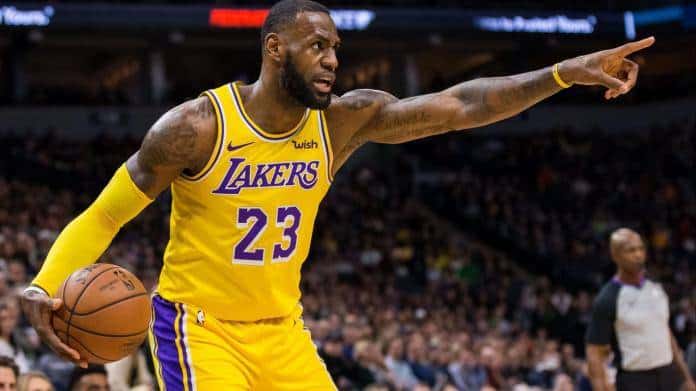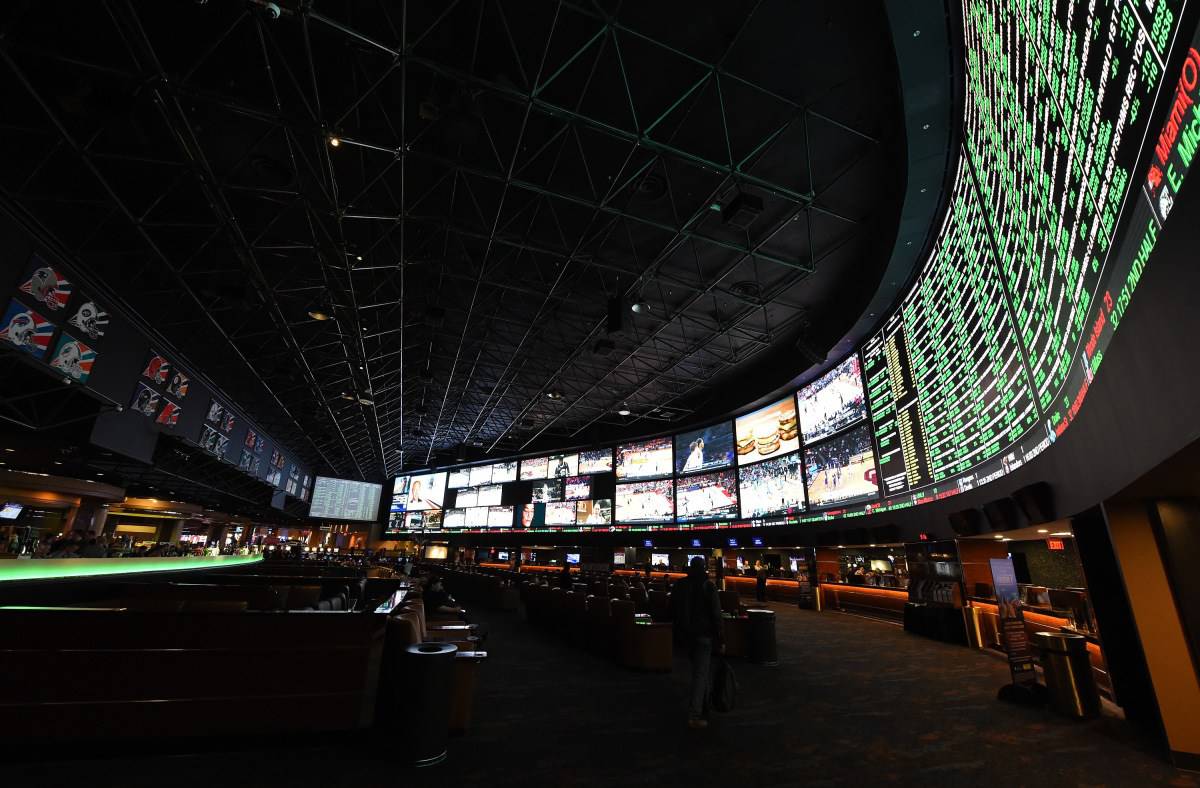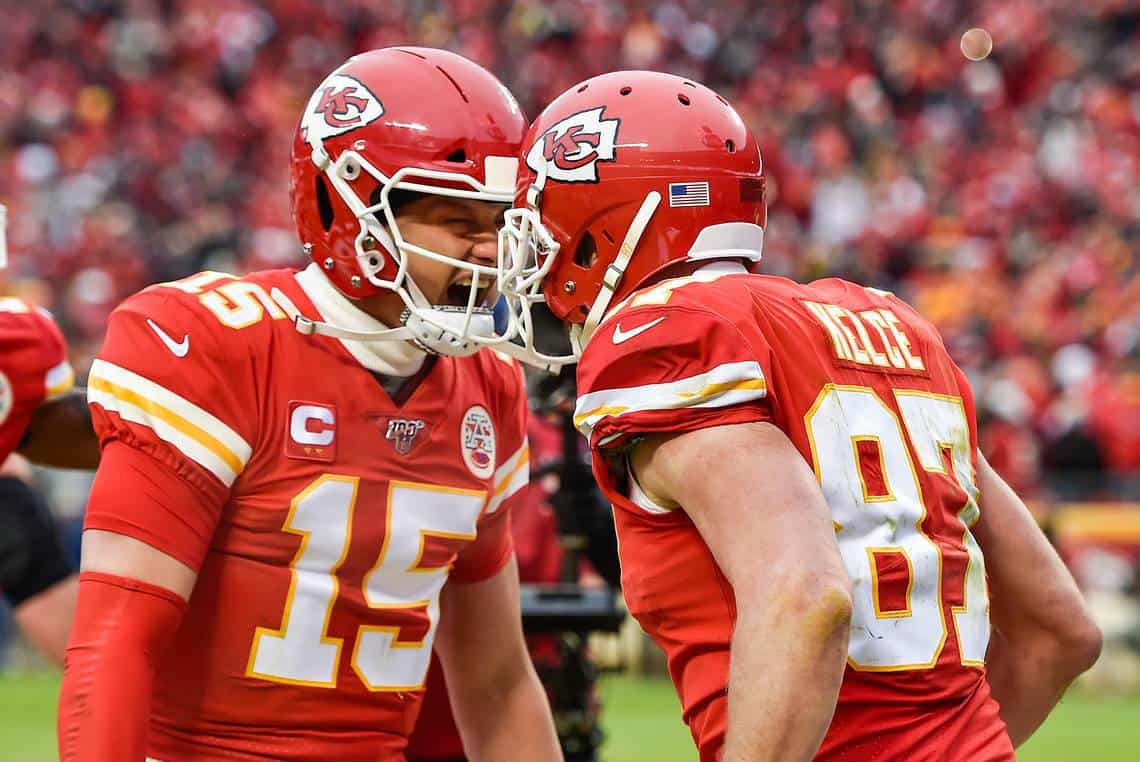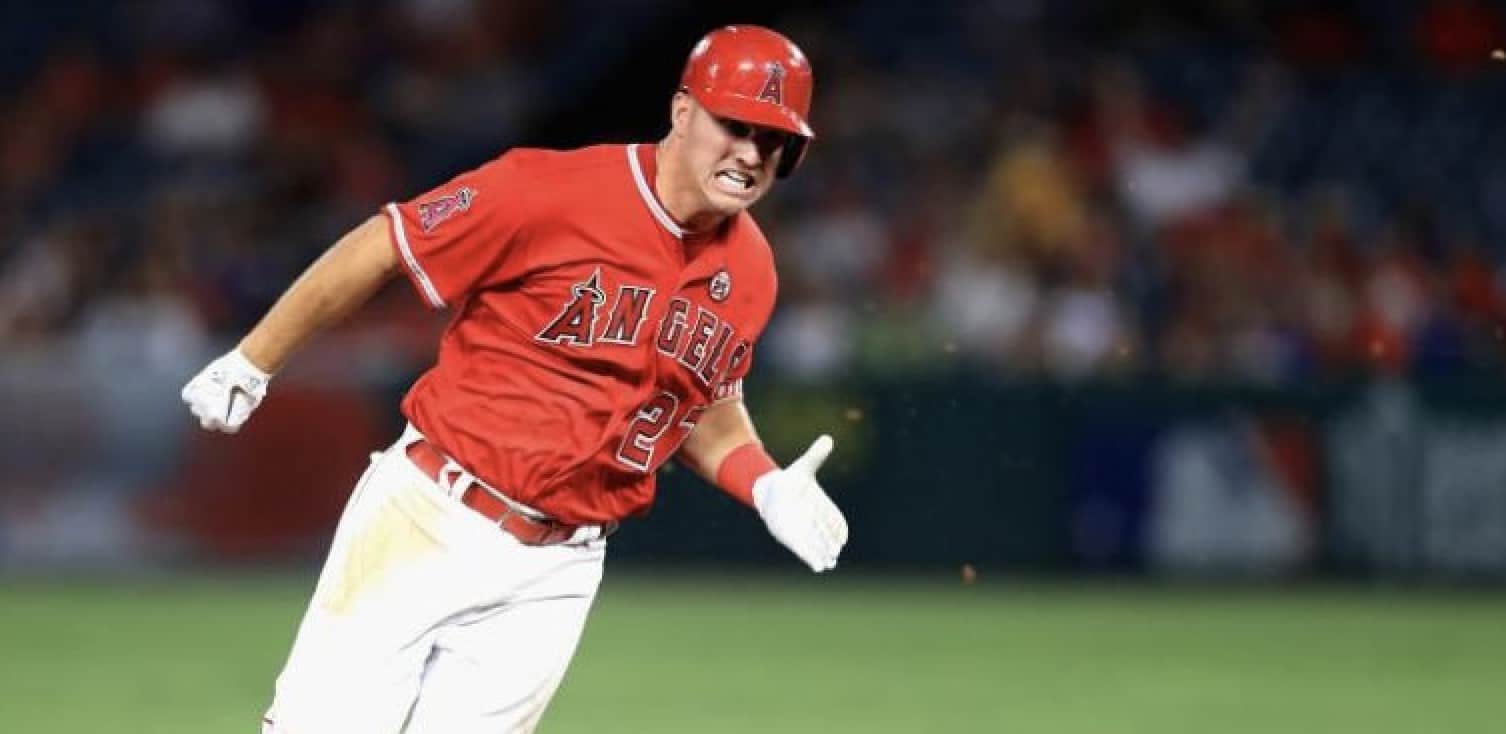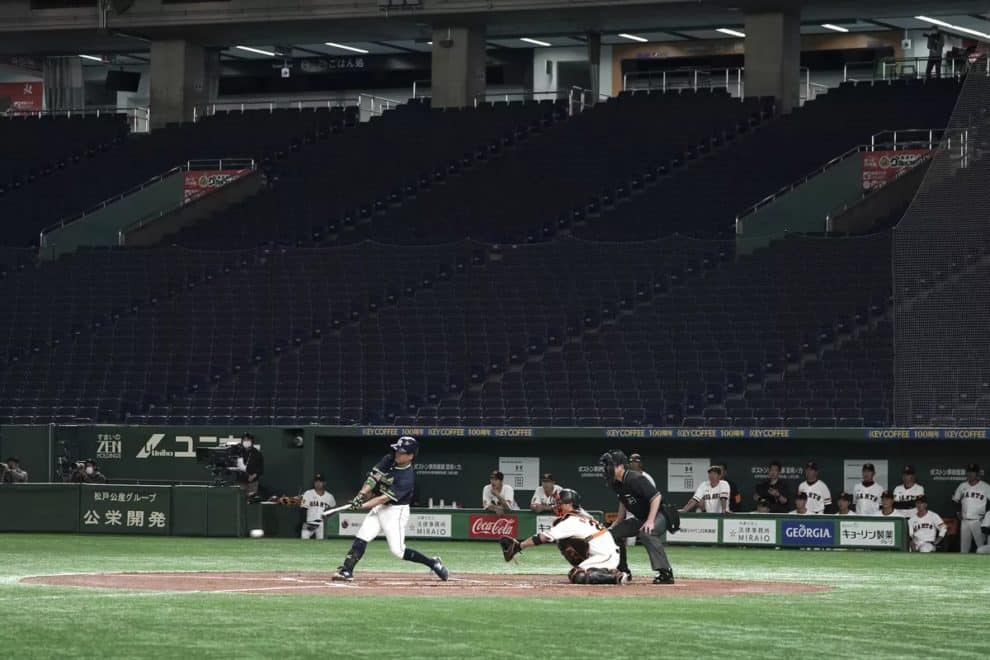
- Japan’s Nippon Professional Baseball started its 120 game season on Friday, June 19.
- The start of the season was delayed three months due to the coronavirus pandemic.
- The 120 game season is cut down from the usual 143 games.
With Major League Baseball players reportedly set to reject the latest proposal from the league to restart the season in a vote later today there’s growing pessimism against the sport returning at all for 2020. The major point of contention is the number of games to be played and on this point both the MLB and the Players Association have refused to budge–at least publicly.
That’s the bad news. The good news is that there’s even more baseball on the board now as Japan’s Nippon Professional Baseball (NPB) has started their season after a three month delay due to the coronavirus pandemic. Japan’s top league–considered by many to be the #2 baseball league in the world–is playing a reduced schedule of 120 games down from the usual 143 and as has become de rigeur for sports internationally are not allowing fans into the stadium. The status of fans will be revisited later in the season so the empty stadiums could change at some point. The season began on Friday night and will continue through November 7 after which the postseason will be played.
MORE BASEBALL ON THE BETTING BOARD
In a typical season, Asian baseball would get very limited betting action from North American players but this is anything but a typical season. South Korea’s KBO has become very popular among sportsbook patrons all across the United States and internationally. Most of the major betting shops in Nevada are taking action on the KBO and some are also booking games from Taiwan’s top baseball league. It’s all but certain that any book offering lines on Korean baseball will also take action on the Nippon Professional Baseball.
So what does a newcomer to Japanese baseball betting need to know before getting involved? One thing that is helpful is the league’s official website is offered in an English version:
NIPPON PROFESSIONAL BASEBALL OFFICIAL WEBSITE ENGLISH VERSION
We’ll see what we can do about tracking down some more betting and handicapping oriented resources but this will at least give you the basics: teams, players, schedules, scores, etc.
The Nippon Professional Baseball (NBP) has 12 teams that play in two leagues similar to the MLB American/National setup. The two leagues with their teams are as follows:
CENTRAL LEAGUE
Chunichi Dragons
Hanshin Tigers
Hiroshima Toyo Carp
Tokyo Yakult Swallows
Yokohama DeNA BayStars
Yomiuri Giants
PACIFIC LEAGUE
Chiba Lotte Mariners
Fukuoka SoftBank Hawks
Hokkaido Nippon-Ham Fighters
Orix Buffaloes
Saitama Seibu Lions
Tohoku Rakuten Golden Eagles
The defending league champion is the Fukuoka SoftBank Hawks who beat the Yomiuri Giants in the Japan Series. Yomiuri (77-64) and the Saitama Seibu Lions (80-62) had the best regular season record in 2019. The Yokohama DeNA BayStars, the Hanshin Tigers, and the Tohoku Rakuten Golden Eagles also reached the postseason. Historically, the Yomiuri Giants have been the overwhelmingly most dominant team winning 22 championships. That’s eight more than the second place Saitama Seibu Lions. Also worth noting: the Pacific League uses a designated hitter while the Central League does not.
OTHER THINGS YOU NEED TO KNOW ABOUT JAPANESE BASEBALL
For one thing, the scheduling is more regimented than the MLB. Every Monday is an off day and the teams play the remaining six days of the week. As far as actual game play one interesting difference from the US version of the game is that Japanese baseball games can end in a tie. They do have extra innings but if the game is still all square after 12 innings it’s graded as a tie. Like the KBO, the NPB has limits on how many foreign players can be on a team roster. The commissioner’s name is Atsushi Saito.
One difference between the NPB and the MLB is the size of the baseball which is slightly smaller. The Japanese baseball is approximately 22.9 cm in circumference compared to the US 23.5 cm. It weighs 171.7 grams compared to 148.8 grams for the US ball. The ball’s texture is also different, it’s wound tighter and the seams are sewn lower. From what I’ve read, the Japanese ball is created to be more uniform than the US ball and is also easier to grip. The smaller ball also translates into a smaller strike zone. Japanese stadiums are smaller than US stadiums. In theory, the tighter wound ball would produce more offense but pitchers that have competed in Japan and the US speak very highly of the smaller ball due to the greater degree of uniformity.






